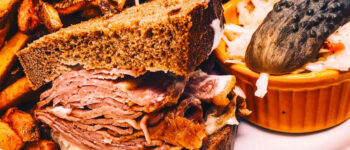Campfires are more than just a source of warmth and a place to gather around with friends. They hold a certain allure and mystique that has captivated humans for centuries. But have you ever wondered just how hot a campfire can get? Or how different types of wood affect its temperature? In this article, we’ll delve into the fascinating world of campfires and uncover some secrets you may not know.
How Hot Is A Campfire?
The average campfire you’d find in a fire pit or out in the woods typically reaches a temperature of around 600 degrees Fahrenheit (315 degrees Celsius). However, with larger fires and specific fuels, a campfire can reach temperatures close to or slightly above 2,000 degrees Fahrenheit (1,093 degrees Celsius).
Types of Wood for a Campfire
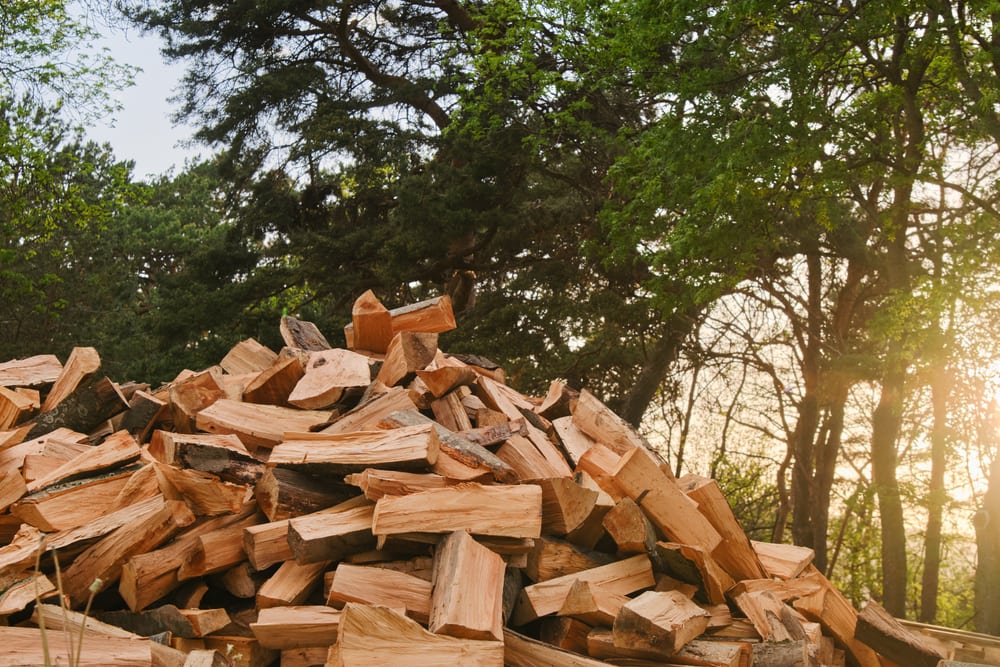
Since wood is the most common fuel for campfires, it’s important to choose the right type of wood for the desired heat output. Dense woods like oak, hickory, and cedar burn slowly and generate more heat than lighter woods like pine, which burn faster but produce less heat. It’s best to avoid wood with high sap content as it burns out faster and gives off less heat.
Size of the Fire and Wood Pieces
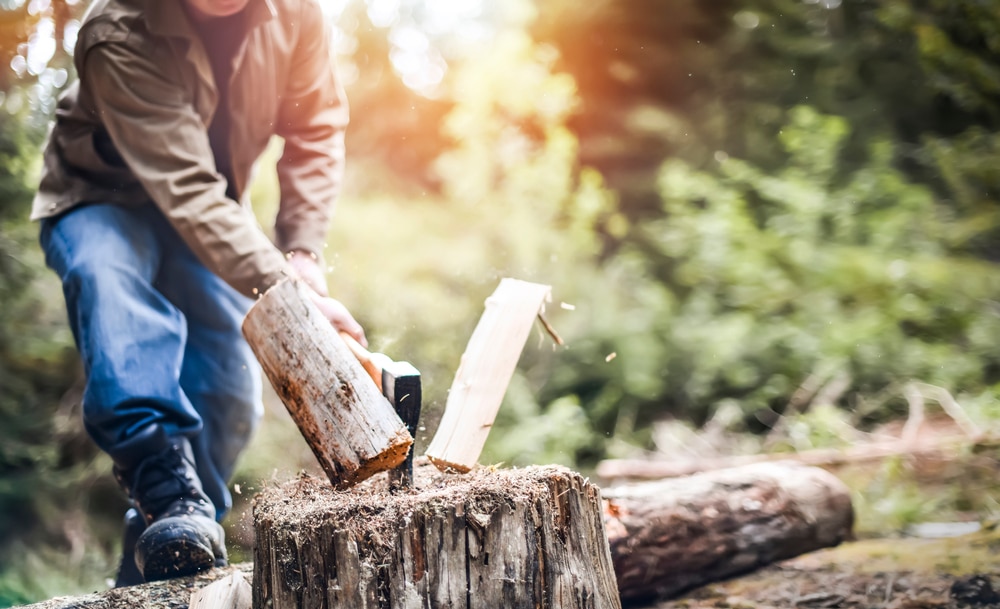
To build a good fire, it’s essential to have a mix of different-sized fuels: tinder, kindling, and firewood. Tinder, such as twigs and leaves, ignites quickly and helps start the fire. Kindling, small pieces of wood, allows the fire to grow beyond the tinder. Firewood, larger pieces of wood, provides the bulk of the heat and burns for a longer duration.
Campfire Structure
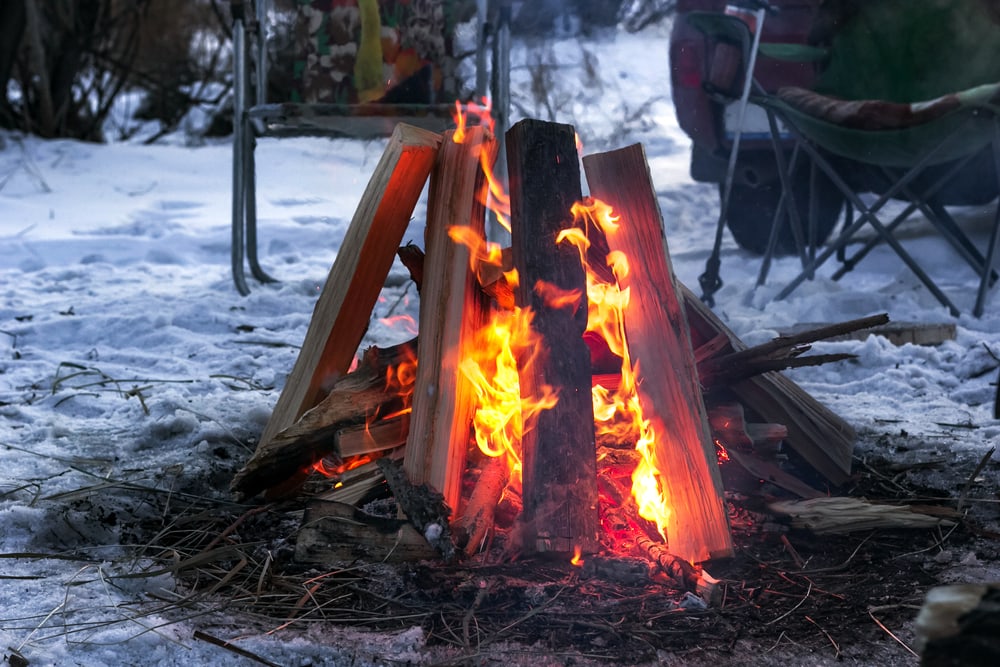
Building a well-structured campfire is key to getting the most heat from it. Starting with a tinder bundle, you’ll then create a structure using kindling and firewood. This arrangement ensures proper airflow and efficient burning.
How Can You Tell How Hot A Campfire Is?

If you’re curious about the temperature of your campfire, here’s a neat trick: you can use common chemicals to make it change colors. Strontium chloride or strontium nitrate can create a red hue, while calcium chloride produces an orange color. Experimenting with different chemicals can provide a fun and visual way to gauge the heat of your campfire.
Why Build a Campfire Anyways?
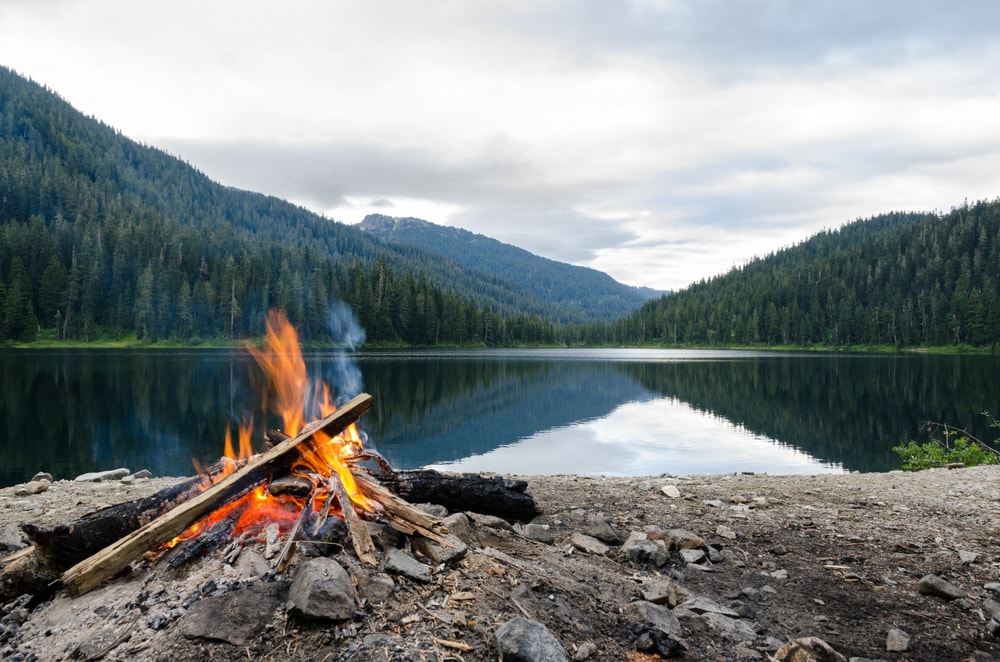
Building a campfire serves various purposes, from cooking food to providing warmth and acting as a tool. Cooking over an open fire has been a tradition for thousands of years, making food more accessible and safer by killing off pathogens. A campfire also serves as a source of warmth, especially when camping in colder months or in areas without other heating options. Furthermore, fire has been used as a tool for various tasks and as a gathering place for humans throughout history.
Fire Safety Tips

While campfires are enjoyable, it’s crucial to prioritize safety. Here are a few essential fire safety tips to keep in mind:
- Always start a campfire in a designated fire pit.
- Use proper kindling and safety matches to ignite the fire.
- Keep a safe distance from flammable materials and never leave the fire unattended.
- Fully extinguish the fire before leaving by pouring water over the coals and spreading them out.
How Hot is a Campfire FAQs
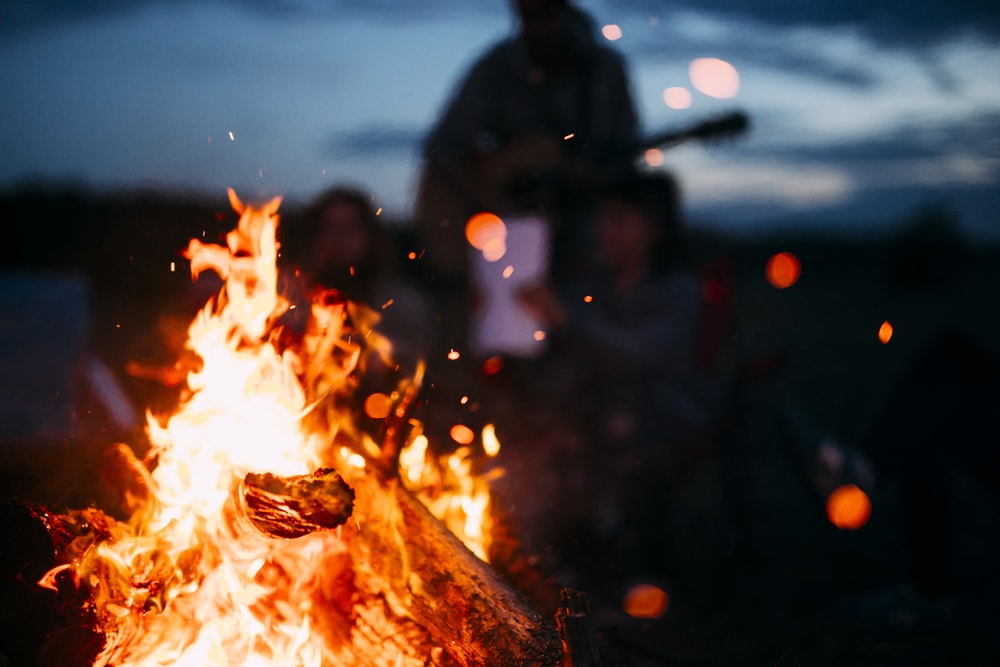
Q: Can a campfire reach extremely high temperatures?
A: With the right conditions and fuel, a campfire can reach temperatures of up to 2,000 degrees Fahrenheit (1,093 degrees Celsius) or slightly higher.
Q: What types of wood burn the hottest?
A: Dense woods like oak, hickory, and cedar burn hotter and longer than lighter woods like pine.
Q: How can I tell if a campfire is too hot?
A: The color of the flames can provide some indication of the heat. Blue flames typically indicate higher temperatures.
Join the Chefwaynes-bigmamou community and explore more about the secrets of campfires and outdoor cooking at Chefwaynes-bigmamou.
Nigel Gildon editor:Nigel Gildon is the editor of Chef Wayne’s Big Mamou: Chef Wayne’s Big Mamou. He has worked in the publishing industry for many years and has a passion for helping new authors get their work into the hands of readers. 63 Liberty Street * Springfield, MA 01003



